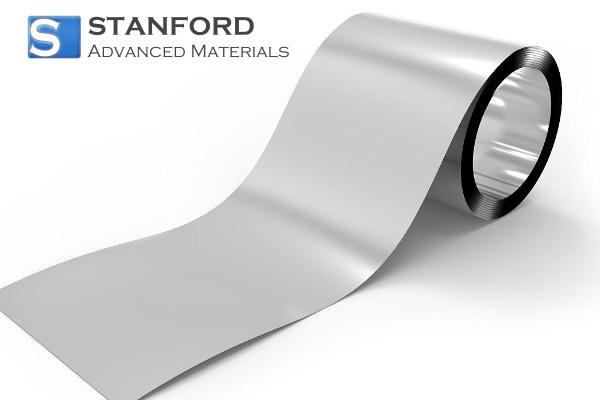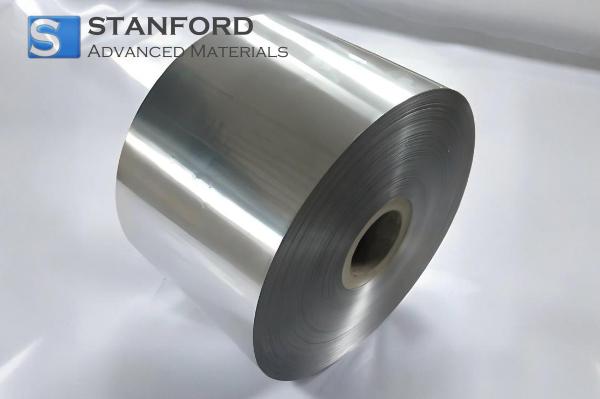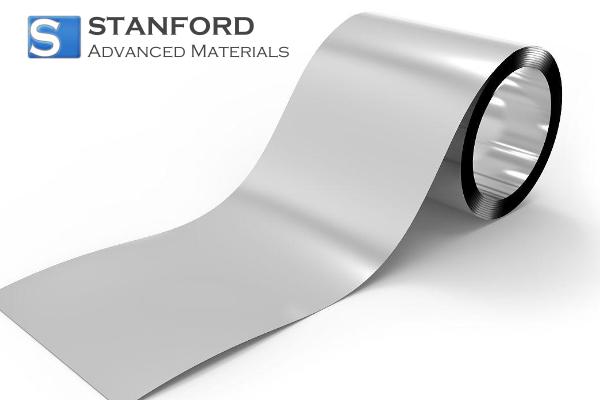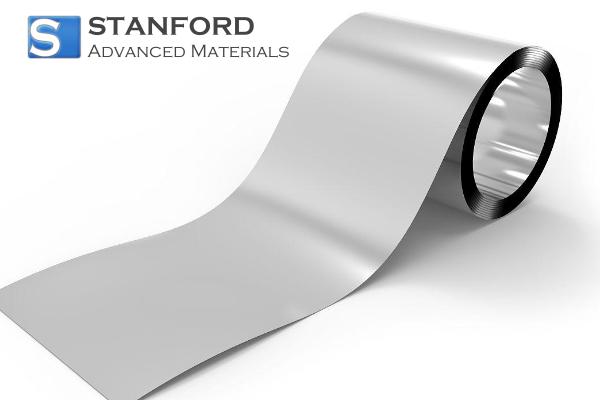Ytterbium: Element Properties And Uses
Description
Ytterbium is a rare earth element employed in lasers, optical fibres and atomic clocks. It exhibits properties such as a high level of stability and efficiency, making it valuable for both scientific research and industrial engineering.
Introduction to the Element
Ytterbium, a member of the lanthanide series with an atomic number of 70, was first discovered in the mineral‐rich village of Ytterby in Sweden. Given its relatively high atomic mass and distinct electronic configuration, it has attracted considerable attention in academic research as well as in industry. The element’s properties have resulted in its application in several high-technology fields, particularly in areas where precision and durability are critical.
Description of the Chemical Properties
An analysis of the chemical properties of Ytterbium shows that it is a moderately reactive metal. In its elemental form, Ytterbium is stable under controlled conditions; however, it reacts when exposed to air or moisture. It frequently forms compounds in the oxidation states +2 and +3, and these compounds are known for their thermal and chemical stability.
Physical Properties Data Table
|
Property |
Value |
|
Atomic Number |
70 |
|
Atomic Mass |
173.04 |
|
Melting Point |
824 °C |
|
Boiling Point |
1196 °C |
|
Density |
6,97 g/cm³ |
|
Crystal Structure |
Cubic (approximately) |
For further information, please visit Stanford Advanced Materials (SAM).
Common Applications
Ytterbium is utilised in various applications that are significant for modern technology. One important application is in the manufacture of high-precision atomic clocks, where Ytterbium ions contribute to the accuracy of time measurement. In laser technology, materials doped with Ytterbium are implemented to achieve efficient energy conversion and reliable performance in solid-state lasers.
Additionally, Ytterbium is used in the development of specialised alloys, which require enhanced strength and corrosion resistance. Its use in optical fibres and certain medical imaging devices further demonstrates its versatility and importance in contemporary industrial practice.
Preparation Methods
The extraction of Ytterbium commences with the recovery of rare earth minerals from naturally occurring ores such as monazite and xenotime. The process involves an initial crushing and concentration of the ore, followed by chemical separation via methods such as solvent extraction and ion exchange chromatography.
These procedures ensure that Ytterbium is isolated with high purity, which is critical for its subsequent use in sensitive technological applications. Subsequently, thermal reduction is applied to convert Ytterbium compounds into the metallic form. The preparation methods are designed to maximise yield whilst adhering to strict safety and environmental regulations, thereby making the element suitable for integration into industrial high-performance products.
Frequently Asked Questions
What is Ytterbium used for?
Ytterbium is used in atomic clocks, laser systems, specialised alloys, optical fibres and in various components within modern electronic devices.
How is Ytterbium extracted?
It is extracted from ores, such as monazite and xenotime, through processes that involve crushing and chemical separation using solvent extraction and ion exchange chromatography.
What are the key physical properties of Ytterbium?
The key properties include an atomic number of 70, a melting point of 824 °C, a boiling point of 1196 °C and a density of approximately 6,97 g/cm³.
What are the common industrial applications of Ytterbium?
Ytterbium is employed in precision timekeeping devices, laser systems, high-performance alloys and modern electronic components.
How do the preparation methods ensure the quality of Ytterbium?
The methods focus on high-purity extraction and thermal reduction, thereby ensuring that the final product meets the strict requirements of advanced industrial and technological applications.

 Bars
Bars
 Beads & Spheres
Beads & Spheres
 Bolts & Nuts
Bolts & Nuts
 Crucibles
Crucibles
 Discs
Discs
 Fibers & Fabrics
Fibers & Fabrics
 Films
Films
 Flake
Flake
 Foams
Foams
 Foil
Foil
 Granules
Granules
 Honeycombs
Honeycombs
 Ink
Ink
 Laminate
Laminate
 Lumps
Lumps
 Meshes
Meshes
 Metallised Film
Metallised Film
 Plate
Plate
 Powders
Powders
 Rod
Rod
 Sheets
Sheets
 Single Crystals
Single Crystals
 Sputtering Target
Sputtering Target
 Tubes
Tubes
 Washer
Washer
 Wires
Wires
 Converters & Calculators
Converters & Calculators
 Write for Us
Write for Us




 Chin Trento
Chin Trento



